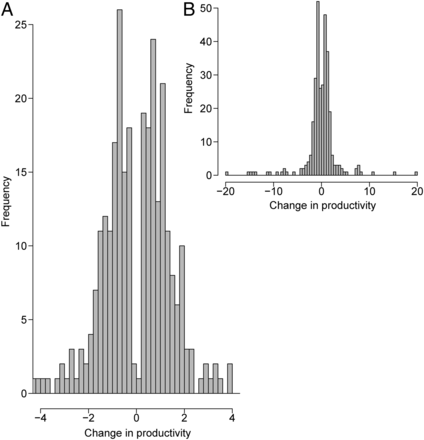Agent, just a heads up the seals in the Fraser have no problem finding salmon and steelhead in the dirtiest of river conditions. However I am confident that you know that and have seen it first hand....
On a side note the seals/sea lions in the lower Fraser/Skeena absolutely hammer on the oolies during the spring. Find it a little hard to believe they would be targeting smolts rather than the much abundant bigger oil rich oolies and salmon steelhead adults.
Again...just what I have seen personally.
On a side note the seals/sea lions in the lower Fraser/Skeena absolutely hammer on the oolies during the spring. Find it a little hard to believe they would be targeting smolts rather than the much abundant bigger oil rich oolies and salmon steelhead adults.
Again...just what I have seen personally.


